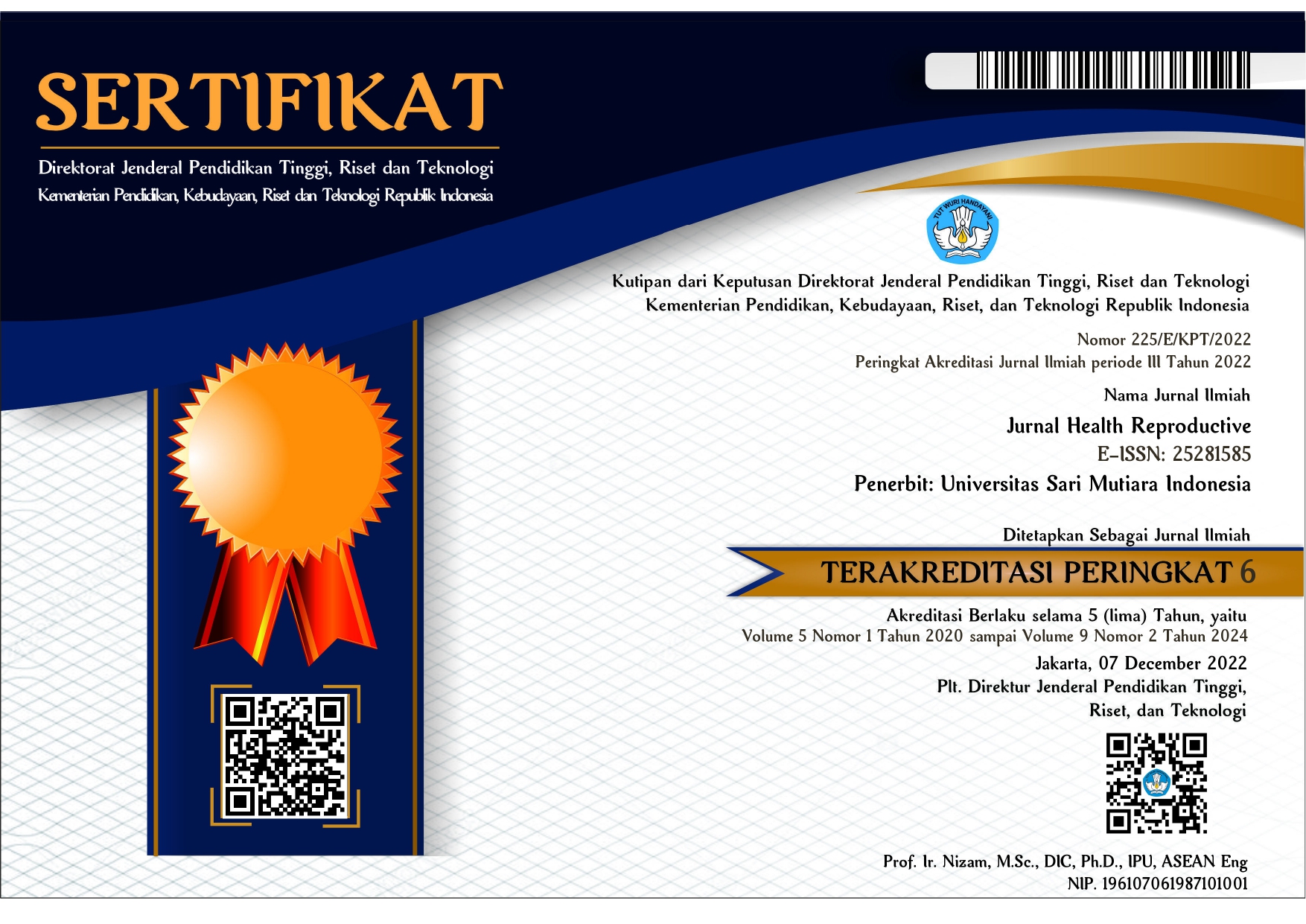HUBUNGAN RIWAYAT PEMBERIAN ASI DENGAN KEJADIAN STUNTING PADA ANAK BALITA (USIA 3-5 TAHUN) DI KABUPATEN TAPANULI UTARA TAHUN 2016
Keywords:
stunting, breastfeeding history and toddleAbstract
Introduction : Toddler age is a period of rapid growth and development so it needs to get attention as well as age groups that are vulnerable to malnutrition.There are 162 million short toddlers in Indonesia, if the continuing trend without effort is estimated to be 127 million in 2025. Stunting is welfare indicator, education and society income. Fulfilling nutrients and monitoring health during pregnancy, the exclusive breast feeding up to age of 6 months from birth as well as feeding as a companion of breast milk that has sufficient and quality can break the chain of stunting cause.Aim : this study aims to know the the history description of breast feeding with the incidence of stunting against toddlers at the age of 3-5 years in North Tapanuli Regency.Method : type of observational research with design cross sectional. The number of sample in this research is 309 children. Data analyze using chi square with CI 95% and the level of meaning is p<0.05.Result :as many 76 children (24,6%) are stunted and 13 children (9,2%) severe stunting (4,2%) or one of three quarter one from 3-4 children short stunting or very short. Short male (13, 13%) more than female (11,3%). The breastfeeding history the lower prevalence of stunting 19, 3%) and severe stunting 5,7%)Conclusion :there is a significant relationship between the breastfeeding history and the incidence of stunting (p=0,002 CI 95%)
Downloads
References
Adair LS, Guilkey DK. 1997. Age specific
Determinants of Stunting in Filipino Children. 127 : 314-320 The journal of Nutrition. Diakses pada 22 Februari 2012 dari ProQuest Information and Learning Company.
Aditianti. 2010. Faktor Determinan Stunting Pada Anak Usia 24-59 bulan di Indonesia. Jurnal Info Pangan dan Gizi Volume XIX Nomor 2 Tahun 2010
Arundhana, A. Umur Sama Tinggi Badan Berbeda. Avaliable from http://catatanseorangahligizi.wordpress.com/2012/01/06/stunting dalam www.gizikia.depkes.go.id Diakses pada 06 Januari 2012
Diana, F.M. 2006. Hubungan Pola Asuh dengan Status Gizi Anak Balita di Kecamatan Kuranji Kelurahan Pasar Ambacang Kota Padang Tahun 2004. Jurnal Kesehatan Masyarakat, I (1). Diakses pada 19 Januari 2012 dari www.jurnalkesmas.com
Ikatan Dokter Anak Indonesia (IDAI). Indonesia Pediatric Society. Nilai Nutirisi Air Susu Ibu (internet). C 2013; cited 2014 jam13 Avaliable from http://idai.or.id
Kekali, A. 2015. Pola Asuh Ibu Bekerja: Pemberian MP-ASI Beragam Untuk Mencegah Anak Stunting. Jakarta: Departemen Kedokteran Komunitas FK UI.
Kepmenkes RI. 2012. Profil Kesehatan Indonesia. Jakarta :
. 2013. Laporan Hasil Riset Kesehatan Dasar (Riskesdas 2013. Jakarta : Badan Penelitian dan Pengembangan Kesehatan.
. 2015. Situasi dan Analisis ASI Eksklusif. 2015.Pusat Data dan Informasi Kementerian Kesehatan RI: Jakarta.
.2016. Situasi Balita Pendek. 2016.Pusat Data dan Informasi Kementerian Kesehatan RI: Jakarta.
Kluwer, W. 2013. A Brief Review of Risk-Factors for Growth and Developmental Delay Among Preschool Children in Developing Countries. Adv Biomed Res. 2013; 2: 91 Published online 2013 Nov 30
Millenium Challenge Corporation. 2012. Stunting dan Masa Depan Indonesia: Jakarta.
Soetjiningsih.1995. Penilaian Pertumbuhan Fisik Anak. Dalam : IGN Gde Ranuh, penyunting. Tumbuh Kembang Anak. UKK Tumbuh Kembang IDAI : Jakarta.
Survei Demografi dan Kesehatan Indonesia (SDKI). 2012. Pemberian Makanan Pada Anak : Jakarta.
Organization WHO. 2015. Exclusive Breastfeeding.http;//www.who.int/nutrition/topics/exclusive_breastfeeding/en/











.png)
